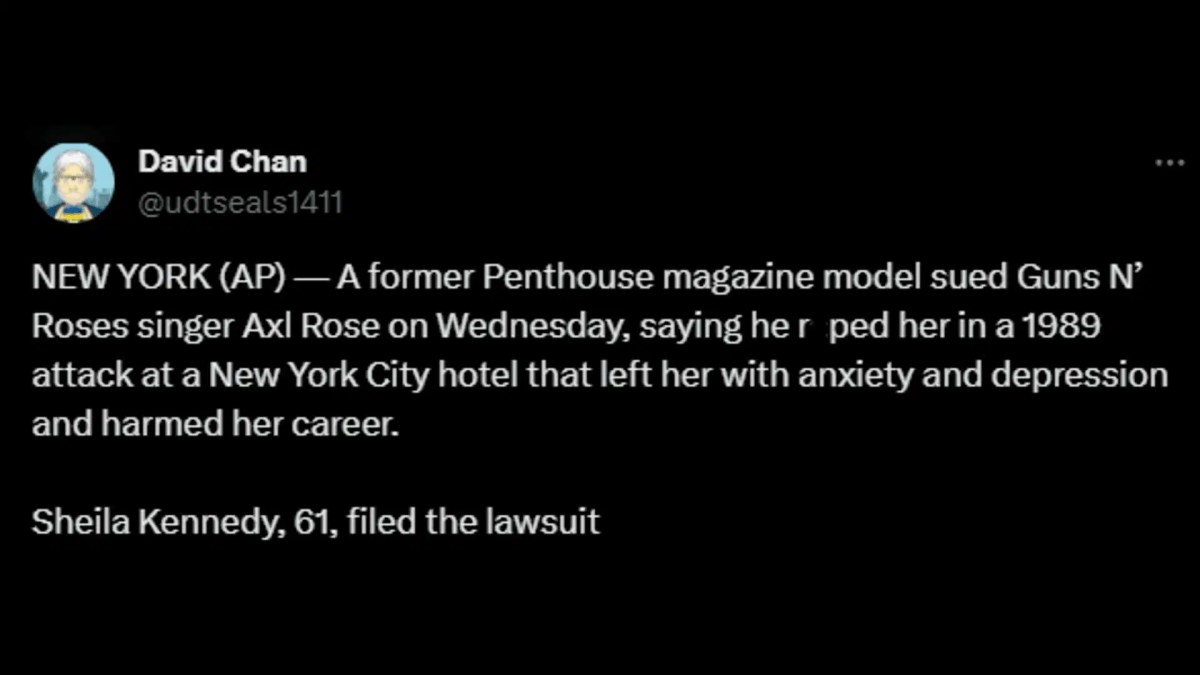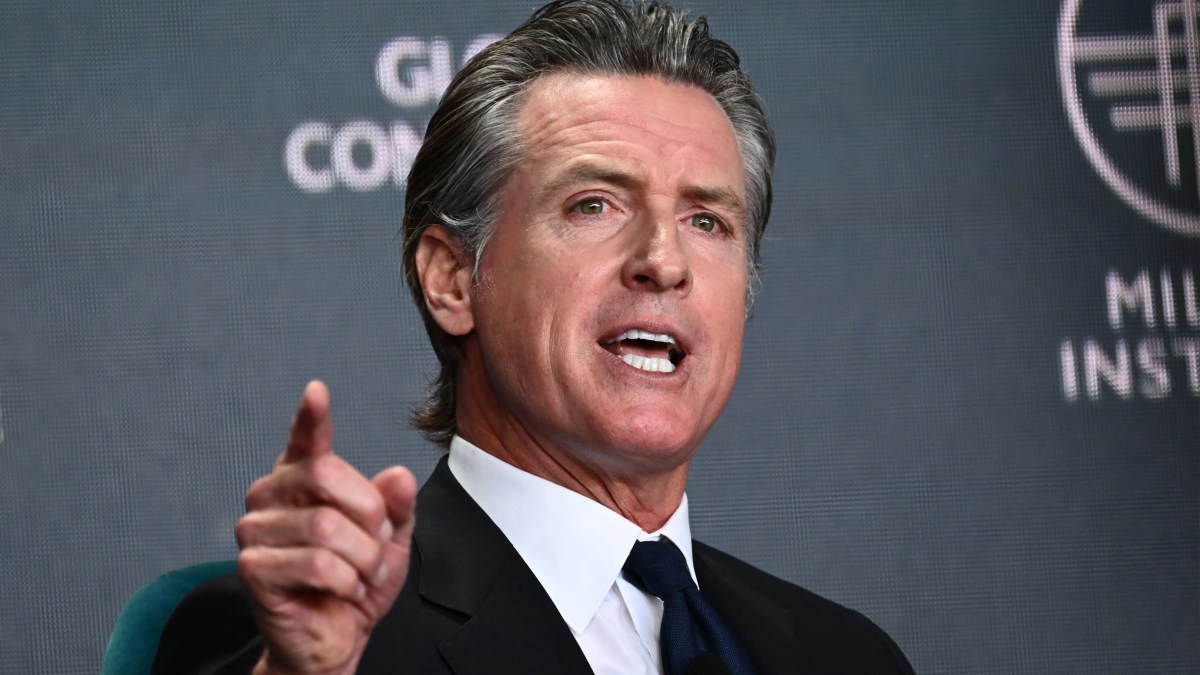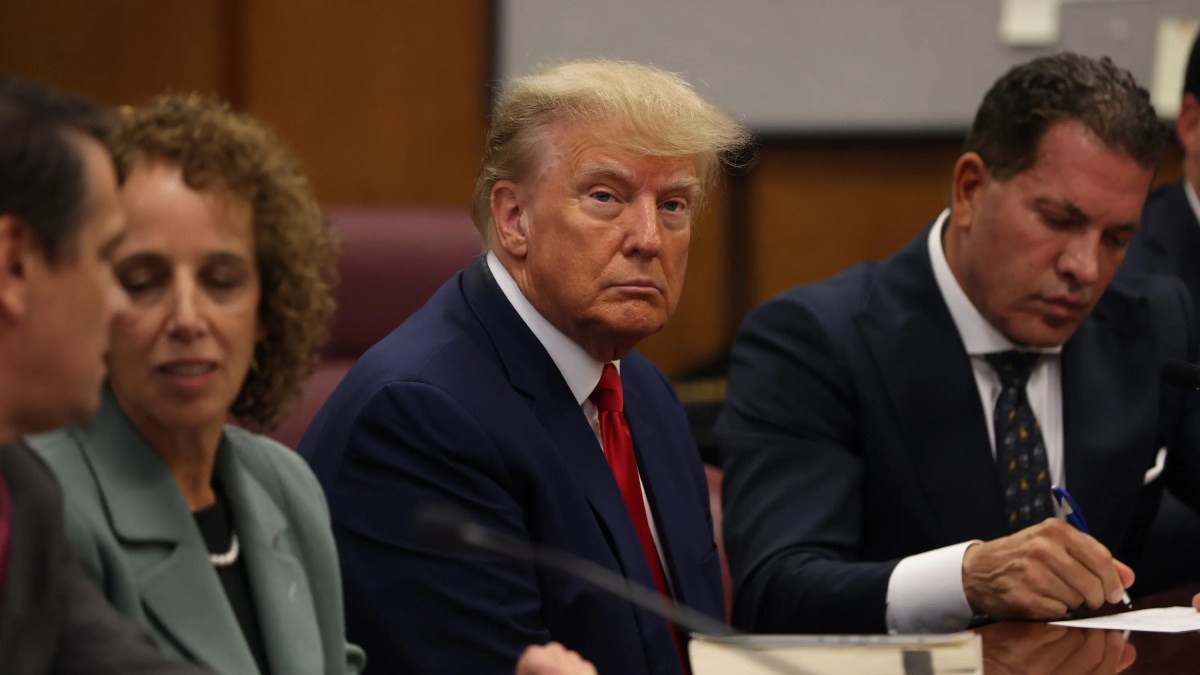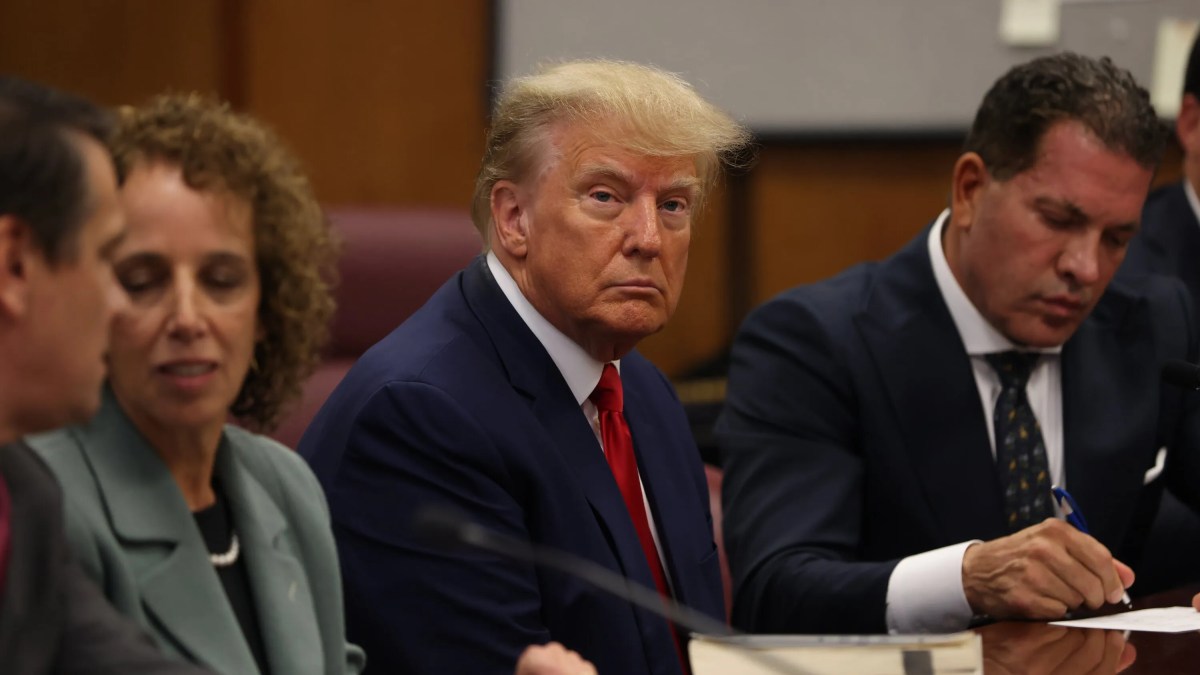Gov. Newsom responds to Trump blaming him for wildfires | CNN. This headline perfectly captures the recent political clash sparked by former President Trump’s accusations against California Governor Gavin Newsom regarding the state’s devastating wildfires. This wasn’t just a simple disagreement; it ignited a firestorm of political debate, highlighting differing approaches to wildfire management and sparking a flurry of media coverage.
Let’s dive into the details of Newsom’s response, Trump’s accusations, and the underlying issues surrounding California’s wildfire crisis.
The conflict throws a spotlight on the complex interplay between state and federal responsibilities in disaster management, particularly in the context of climate change and increasingly frequent wildfires. Understanding the arguments presented by both sides requires examining the evidence, the political motivations, and the public’s perception of the situation. We’ll explore these aspects, providing a clear and concise overview of the situation and its implications.
Newsom’s Rebuttal of Trump’s Wildfire Blame: Gov. Newsom Responds To Trump Blaming Him For Wildfires | CNN
California Governor Gavin Newsom’s response to former President Donald Trump’s accusations regarding California wildfires provides a compelling case study in political rhetoric and crisis communication. This analysis examines Newsom’s counterarguments, Trump’s accusations, the factual basis of wildfire causation, media portrayal, and potential legal and political ramifications.
Newsom’s Response: A Detailed Analysis

Governor Newsom’s statement directly addressed Trump’s claims, refuting them with a combination of factual data, policy explanations, and a measured yet firm tone. He avoided overly aggressive language, opting instead for a factual and assertive approach that highlighted the state’s proactive wildfire mitigation efforts.
Newsom’s key arguments centered on California’s extensive investments in forest management, improved fire prevention strategies, and the inherent complexities of wildfire causation. He emphasized the role of climate change, a factor often downplayed by Trump, in exacerbating wildfire risks.
The tone of Newsom’s response can be characterized as assertive rather than defensive or conciliatory. While he presented his arguments calmly, he firmly rejected Trump’s accusations and highlighted the hypocrisy of blaming state-level management while ignoring broader climate-related issues.
| Claim | Source | Evidence Presented | Assessment of Evidence Validity |
|---|---|---|---|
| California’s forest management is inadequate, leading to increased wildfires. | Trump | Anecdotal evidence, generalized statements about forest conditions. | Weak; lacks specific data and ignores state-level efforts. |
| California has significantly invested in forest management and wildfire prevention. | Newsom | Data on state spending on forest thinning, controlled burns, and early detection systems. | Strong; supported by verifiable budgetary and program information. |
| Climate change is a major contributing factor to wildfires. | Newsom | Scientific consensus on the link between climate change and increased wildfire risk, citing peer-reviewed studies. | Strong; supported by overwhelming scientific evidence. |
| California’s policies are effective in mitigating wildfire risk. | Newsom | Data on reduced acreage burned in certain areas due to proactive forest management. | Mixed; effectiveness varies regionally and is subject to ongoing debate. |
Trump’s Accusations: Unpacking the Narrative, Gov. Newsom responds to Trump blaming him for wildfires | CNN
Trump’s accusations against Newsom primarily focused on the perceived inadequacy of California’s forest management practices. He frequently linked the state’s wildfires to what he characterized as poor environmental policies and lack of forest clearing. His statements often lacked specific evidence, relying instead on broad generalizations and anecdotal observations.
Trump’s motivation likely stemmed from a desire to score political points against a prominent Democratic governor, particularly in a state with significant electoral importance. His statements aligned with his broader political narrative of opposing environmental regulations and emphasizing a more pro-development approach to land management.
A visual representation of this narrative could be a flowchart. It would begin with Trump’s accusations (represented as a branching structure highlighting different aspects of his criticism). Each branch would then connect to Newsom’s corresponding rebuttals, showing the points of contention and Newsom’s counterarguments. The flowchart would conclude by illustrating the lack of concrete evidence supporting Trump’s claims.
Wildfire Causes and Prevention: A Factual Overview

Wildfires in California are a complex issue with multiple contributing factors. Climate change plays a significant role, increasing the frequency and intensity of droughts and heatwaves, creating conditions ripe for wildfire ignition and spread. Human activity, including accidental ignitions and poorly managed land, also contributes significantly.
State and federal policies aimed at wildfire prevention and mitigation include forest thinning, controlled burns, improved early detection systems, and public education campaigns. However, the effectiveness of these policies varies regionally and is subject to ongoing debate. While both Newsom and the Trump administration acknowledged the need for wildfire management, their approaches differed in their emphasis on climate change and the role of federal versus state responsibility.
- Increased funding for forest management and wildfire prevention programs.
- Expansion of controlled burn programs to reduce fuel loads.
- Investment in advanced wildfire detection and suppression technologies.
- Implementation of stricter building codes in fire-prone areas.
- Strengthened public education campaigns on wildfire safety.
Public Perception and Media Coverage

News outlets varied in their framing of the Newsom-Trump conflict. Some emphasized the political aspects of the dispute, while others focused on the factual basis of wildfire causation and prevention. Potential biases could include partisan leanings of news organizations and the selection of sources interviewed.
So, Gov. Newsom’s got Trump on his case about the wildfires again – political drama, right? But hey, while all that’s going down, check out this awesome game recap: Starting 5, Jan. 9: Cavs outlast Thunder in epic heavyweight bout. It’s a total contrast to the Newsom/Trump feud, a much-needed break from the political wildfire.
Back to the California situation, it’s a pretty heated debate, isn’t it?
Public reaction was likely divided along partisan lines, with supporters of Newsom praising his response and those aligned with Trump accepting his accusations. For example, a hypothetical poll could show strong support for Newsom among Democrats and skepticism among Republicans. Social media likely amplified these divisions, with both sides sharing information and opinions that reinforced their pre-existing beliefs. Hypothetically, a trending hashtag supporting Newsom might be countered by another hashtag promoting Trump’s narrative.
Legal and Political Implications
Trump’s accusations, while politically charged, likely carry limited legal ramifications. However, they could influence future election cycles, potentially impacting voter perceptions of Newsom’s leadership and California’s policies. The conflict also highlights the ongoing tension between state and federal governments in addressing national challenges like wildfire management.
A hypothetical legal challenge based on Trump’s claims might focus on whether Newsom’s administration has met its legal obligations regarding forest management. The challenge would likely fail, however, due to the lack of concrete evidence demonstrating negligence or willful disregard for wildfire prevention. Such a lawsuit would hinge on proving a direct causal link between Newsom’s alleged failures and the specific wildfire events cited by Trump, a task fraught with difficulties given the complexity of wildfire causation.
Concluding Remarks

The clash between Governor Newsom and former President Trump over California wildfires serves as a stark reminder of the deeply politicized nature of environmental issues and disaster response. Newsom’s forceful rebuttal underscores the complexities of wildfire management, a challenge that transcends partisan politics. Ultimately, the debate highlights the urgent need for comprehensive and collaborative efforts to address the growing threat of wildfires, regardless of political affiliation.
The focus should remain on effective strategies for prevention, mitigation, and response to protect communities and the environment.
Clarifying Questions
What specific wildfire prevention measures has Newsom implemented?
Newsom’s administration has focused on forest management practices, including controlled burns and forest thinning, to reduce fuel loads and prevent the spread of wildfires. They’ve also invested in improved early warning systems and firefighter resources.
What role does climate change play in California wildfires?
Climate change significantly exacerbates wildfire risk through prolonged droughts, higher temperatures, and increased dryness, creating ideal conditions for ignition and rapid fire spread.
What are the potential legal ramifications for Trump’s accusations?
The legal implications are unclear. False statements, depending on context and intent, could potentially lead to legal challenges, though proving defamation against a public figure is difficult.
How did social media influence public perception?
So, Gov. Newsom’s got Trump on his back about the wildfires, another political firestorm, right? It’s a whole different kind of heat than what you’d find celebrating the King; check out this cool new exhibit commemorating Elvis’ 90th birthday: New Exhibit Celebrates Elvis’ 90th Birthday. Anyway, back to Newsom – I bet even Elvis would have some thoughts on that political drama!
Social media amplified both sides of the argument, creating echo chambers and potentially polarizing public opinion based on pre-existing political alignments.
